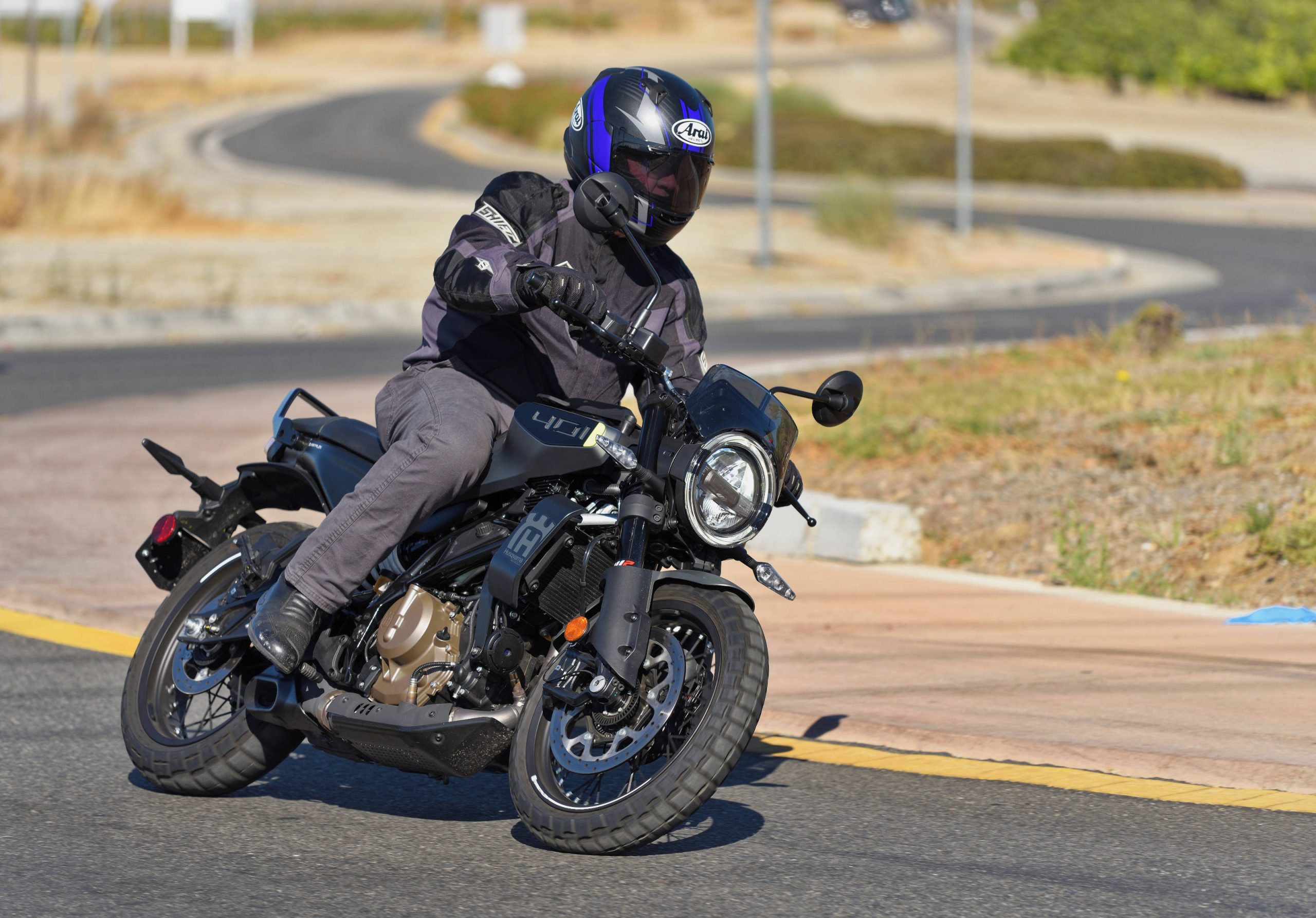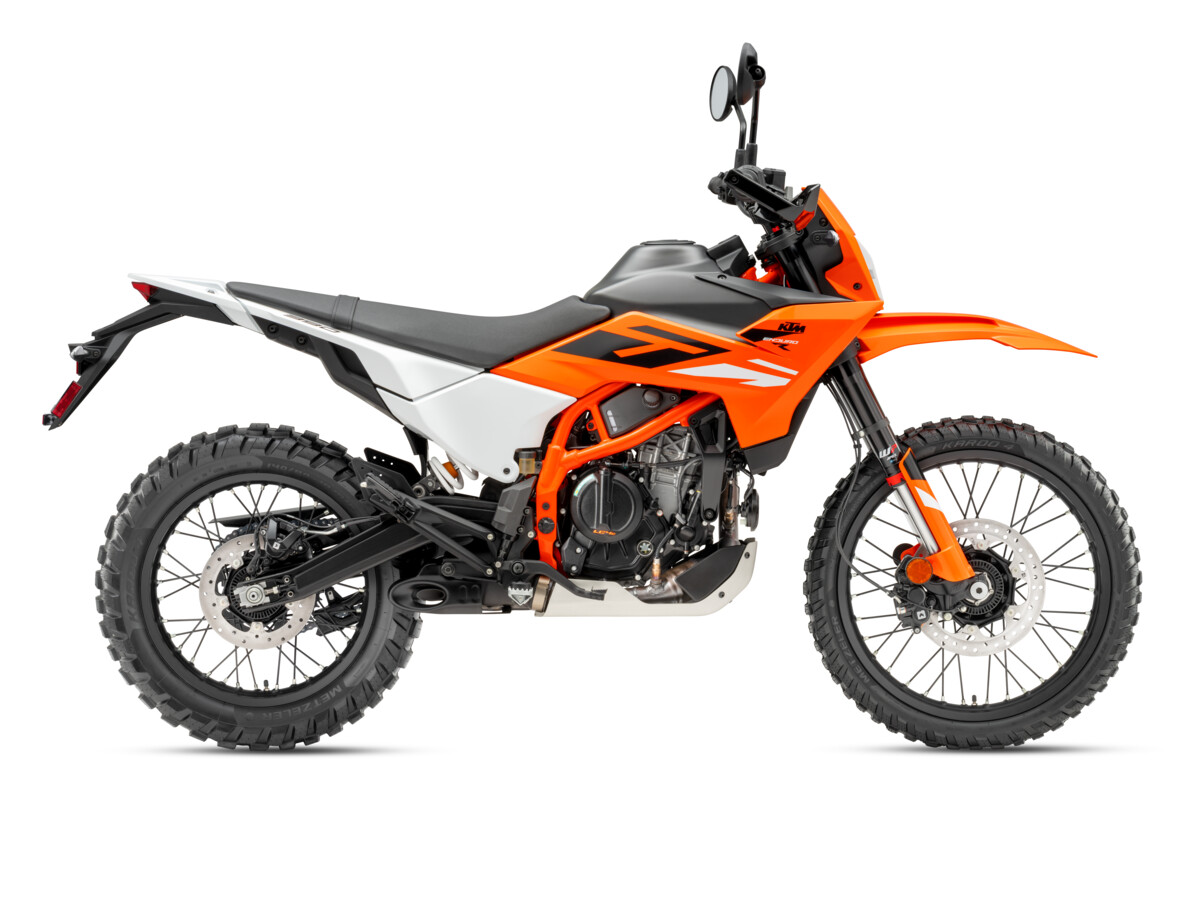Ducati’s new 1098 reminds me of the history of Ducati in Superbike racing — particularly, its great success. Much of that success, of course, came while Ducati had a displacement advantage over the competition. Sometimes, that displacement advantage was quite large.
One way to describe the reason for providing a displacement advantage to v-twins involves a desire to equalize peak horsepower with the four-cylinder machines. The problem with this, and the reason Ducati has sometimes had an unfair advantage, involves torque. If you allow a v-twin enough displacement to essentially equalize peak horsepower with a four-cylinder machine, the v-twin will end up with a significant torque advantage. Greater torque will arrive earlier in the powerband, and probably be spread more smoothly throughout the rev range. This was perhaps most evident when 1000cc v-twins raced 750cc fours a few years ago.
In the end, finding the “fair” displacement advantage for v-twins in superbike racing is very tricky. Certainly, the performance of Ducati’s Troy Bayliss this year makes many wonder if a displacement advantage is necessary at all.
Having said all this, we anticipate the Ducati 1098 will be a fabulous street machine, and a highly competitive racer where rules permit competition against 1000cc machines.





